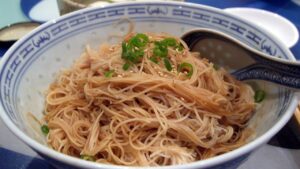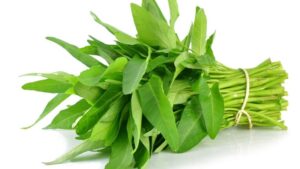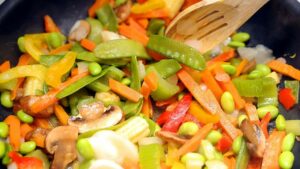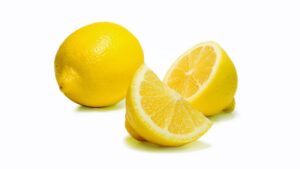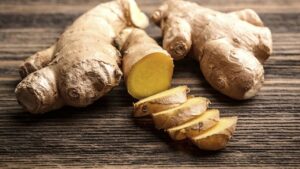Lemongrass is a light citrusy flavor fibrous stalk. You can find Lemongrass mostly in the Thai and Vietnamese cuisines.
In fact, now you can find lemongrass in South Asian cooking like (Malaysian, Indian, etc.). This is like other grass families grown in the ground and the long thin leaves shoot up over the ground.
It grows a few inches thin and you can simply get the lemongrass in the market which is trimmed as you just need the long leaves for the cooking.
It simply brings the goodness of the lemon flavor to all of your food.
Uses of Lemongrass in Indian Cuisines
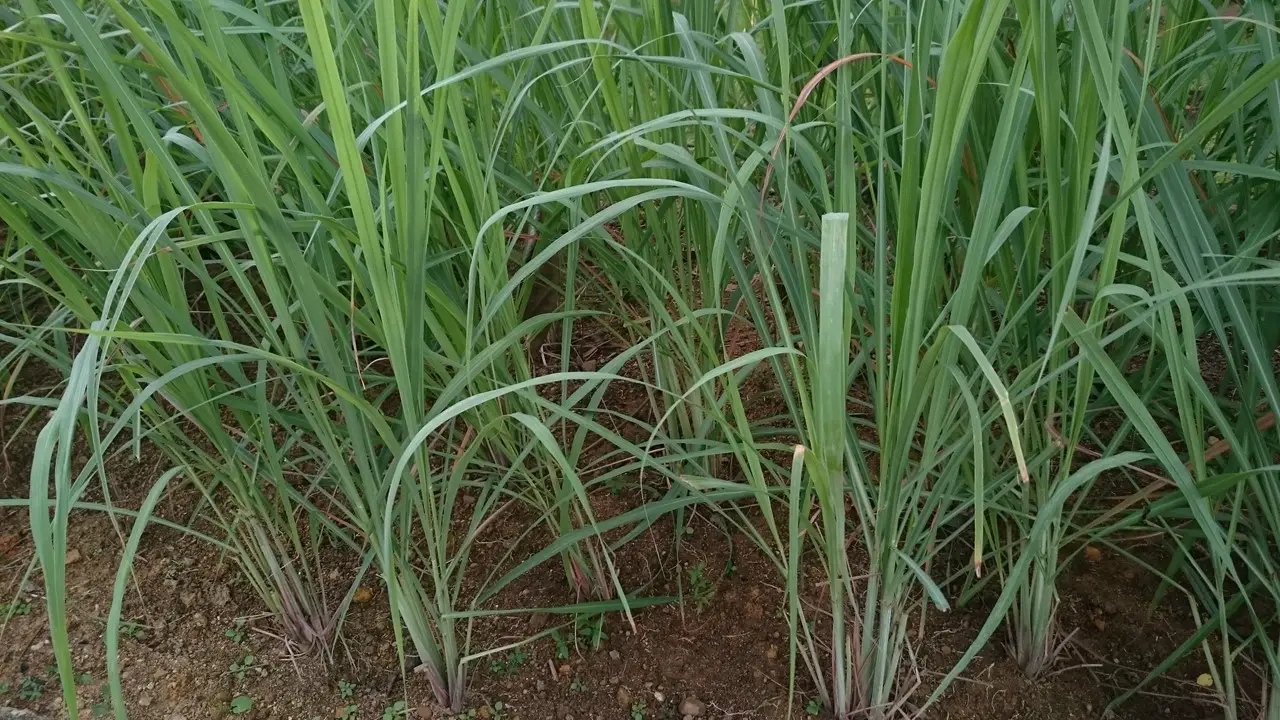
The usage of Lemongrass in Indian cuisines is to make curry paste, marinades, broths and adding flavors to a variety of dishes.
The stalks of the lemongrass are dense and there is a rule of using lemongrass in particular preparation.
To be honest Bengalis do not prefer to cook with it but it is best for the continental dishes, it is very native to Indian cuisines.
At first you must know how to select the lemongrass:
You can get fresh lemongrass at your nearby market. Asian markets are full of these leafy vegetables so you don’t have to worry about it.
Try the stores which keep vegetables for continental dishes. You can also find in the stores which keep lemongrass in the refrigerators.
You try and select the one which is much pulpier otherwise the freshness and smell will not be gained in the food.
Some Lemongrass recipes are like Lemongrass tea is very unique and these days everyone is becoming a fan of it.
It is simply giving an aromatic lemon flavor in your tea. Thai soups with mushroom and mixed veggies are something you would love to have along with lemongrass flavor.
Other than these you can add lemongrass in milk if you want to turn the flavor into something exciting.
How To Cook with Lemongrass?
There are several ways to cook with lemongrass. Here the cutting of the lemongrass is very necessary.
Different recipes demand various types of lemongrass shapes which are considered as the best for cooking.
There are several layers of stalks like the “tender core” stalk, you can also peel off 4 to 5 layers and also use the bendable lemongrass stalks.
You can cut the lemongrass and each of the cutting processes depends on the type of dish that you want to have.
Grated Lemongrass: If you want to infuse lemongrass in a sauce or marinate then you need to grate the lemongrass after opening the stalks till you get the middle portion, this is done especially when you are cooking rice porridge/ congee.
Here you need the flavor of the lemongrass which comes out when the oils come out of it and it only happens when you are grating it.
Sliced Lemongrass: You can slice the lemongrass stalks into rings. In Thai restaurants you can simply have soups which actually need a lemon flavor. You have to make the slice as paper thin. It will be very effective to deal with it and it’s very easy to eat.
Lemongrass Batons: When you are making soups and broths then you can cut the stalk into 3inch sections. At first you can separate the stalks with a bash or a meat tenderizer and then slightly split it and cut into round Batons slices.
Questions & Answers:
How Can You Store Lemongrass in a Fridge?
You must put the Lemongrass in an airtight bag or box after cutting it into three to four halves. It will last max one week in the fridge so you need to deal with it very quickly.
What is the Taste of Lemongrass?
Lemongrass has a hint of ginger and mild citrus. It is actually having the same oil flavor that resides in the lemon. In fact, it also offers a minty cool essence in it.
Conclusion
Lemongrass is a versatile ingredient that adds a light citrusy flavor and aroma to a variety of dishes. It is commonly used in Thai and Vietnamese cuisines and has now become popular in South Asian cooking as well.
In Indian cuisines, lemongrass is used to make curry paste, marinades, broths, and to add flavor to a variety of dishes.
When selecting lemongrass, it is important to choose pulpier stalks to ensure freshness and the desired flavor.
Different recipes require various types of lemongrass shapes, including grated, sliced, and batons. Lemongrass can be stored in the fridge for up to one week.
Overall, lemongrass is a unique ingredient that can add depth and complexity to dishes, making it a worthwhile addition to any kitchen.

